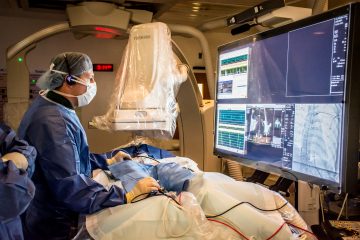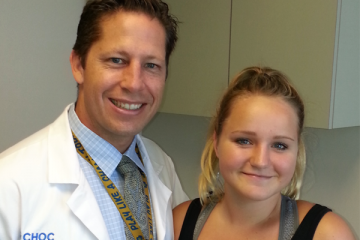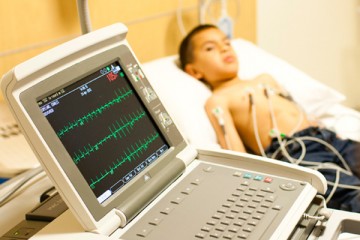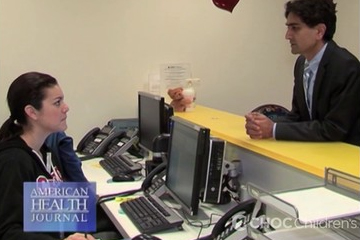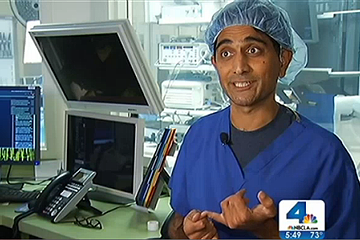There are several ways EP studies may assist in diagnosing heart rhythm abnormalities, (also called an arrhythmia). An abnormal rhythm may be stimulated on purpose by a doctor during the EP study so that the underlying problem can be identified. The abnormal heart rhythm may also be stimulated to evaluate the effectiveness of a drug.
During the EP study, doctors may also map the spread of electrical impulses during each beat. This may be done to locate the source of an arrhythmia or abnormal heart beat. If a location is found, an ablation (elimination of the area of heart tissue causing the abnormality) may be done. The ablation is performed using radiofrequencies or very cold temperatures (cryoablation). Depending on the type of arrhythmia being treated, catheter ablation can have a success rate of more than 90 percent, but some children may need to have the procedure again or other treatments for their irregular heartbeat. In rare situations, the child's doctor may want the child to remain on medications to help control the heartbeat.
Not everyone with a heart arrhythmia needs a catheter ablation. It is usually recommended for people with arrhythmias that can't be controlled by medication or with certain types of arrhythmias from the upper chambers of the heart. Less commonly, it may be recommended for people with arrhythmia that begins in the lower chambers of the heart.
Besides the need for ablation, an electrophysiological study may also help the doctor determine other possible treatments or interventions like inserting a pacemaker or implantable defibrillator, adding or changing medications or performing additional ablation procedures.
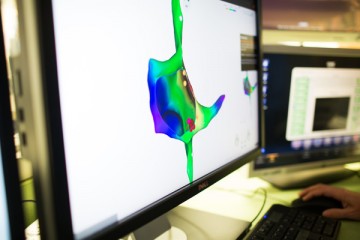 Our state-of-the-art facility is equipped with the latest remote monitoring system that is available 24-hours a day to receive pacemaker and implantable cardioverter defibrillator (ICD) transmissions. Our dedicated Pacemaker and Implantable Cardioverter Defibrillator (ICD) Program is able to monitor a child’s heart rhythm around the clock remotely. Learn more about the Pacemaker and ICD Program.
Our state-of-the-art facility is equipped with the latest remote monitoring system that is available 24-hours a day to receive pacemaker and implantable cardioverter defibrillator (ICD) transmissions. Our dedicated Pacemaker and Implantable Cardioverter Defibrillator (ICD) Program is able to monitor a child’s heart rhythm around the clock remotely. Learn more about the Pacemaker and ICD Program.
